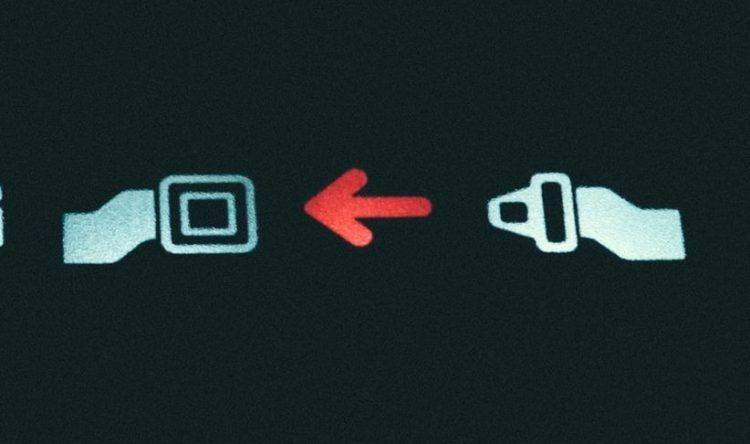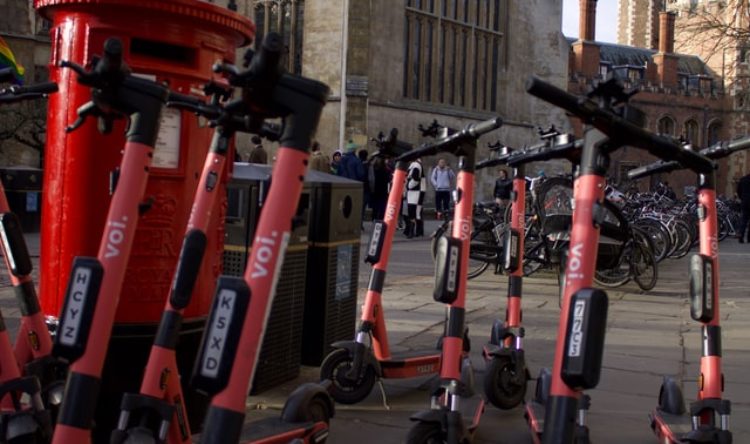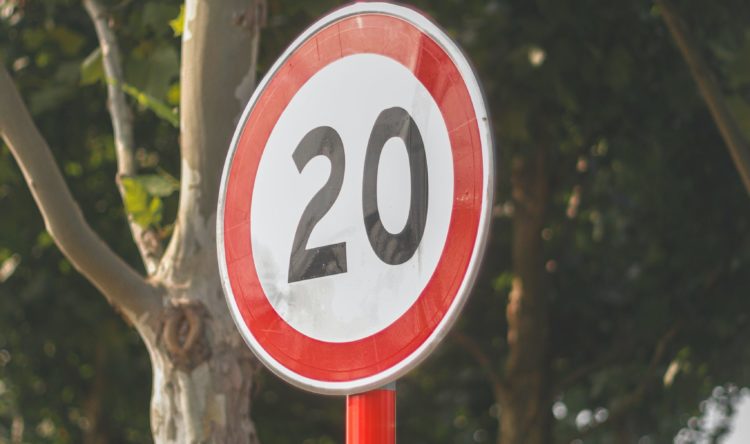Tyres To Tarmac
Prepare your car for all road conditions as forecasters warn of more severe weather
The winter weather takes a turn for the worse with the latest storm, Christoph. One thing is certain, it won’t be the last, make sure it isn’t yours.
Road Safety charity TyreSafe urging motorists to check their tyres to reduce the risk of an incident while out on the road.
Whether Or Not
More snow is forecast for some parts of the country, including the South. It also comes with the prospect of more rain and freezing temperatures, not to mention the flooding.
When driving in these conditions, tread depth is essential to ensure the vehicle remains in contact with the road. It’s important to remember that no matter what other safety features a car has, it is only those four small patches of rubber that grip the road.
Slip Sliding
Standing water means the risk of ‘aquaplaning’. Also known as ‘hydroplaning’, it is caused when a layer of water builds up between a vehicle’s tyres and the surface of the road. When this happens, tyres are not effectively in contact with the tarmac. Any attempts by the driver to steer, brake or accelerate become ineffective – in other words, they’re out of control.
Tell-tale signs for drivers that their vehicle is aquaplaning include increased engine sound without a change in speed, the steering becoming ‘light and unresponsive’, and feeling the back end of the car drifting from side to side (fishtailing).
Skilling Up
A survey by TyreSafe revealed 80% of drivers were aware of the phenomenon of aquaplaning. However, many do not know what to do if they experience it while driving. In fact, more than half suggested actions that would actually make the situation worse!
Drivers aquaplaning should gently lift their foot from the accelerator and allow the vehicle’s speed to naturally reduce. This will allow the tyres to regain grip on the road. Avoid steering or braking as this can destabilise the vehicle.
To help avoid the situation, drivers should first of all make sure their driving behaviour is appropriate for the road conditions. If there is a lot of standing water, reduce speed and increase distance to other vehicles.
Getting A Grip On Reality
Most importantly, all year round, is to check your tyres before driving. Tread depth should be at least the minimum legal limit of 1.6mm, but 3mm is even more sensible. Tread clears water from between the road surface the tyre – as much as a bucket full every seven seconds on a new tyre. The lower the tread, the less water it can clear, thereby increasing the chances of aquaplaning.
You can check your tyres’ tread depth with a 20p piece – the outer rim of the 20p is approximately 2.6mm, so drivers can insert the coin into the tyre’s tread and gauge how much of the border remains exposed. If the border is completely hidden, tread depth is likely to be above the legal limit; if any more than the slightest amount of the coin’s rim is visible, the tread needs to be checked by a professional.
Stuart Jackson, TyreSafe chairman, said: “Regularly checking tyres are in good roadworthy condition is essential to minimising risks of an incident on the roads. Of course, that becomes more apparent in times of extreme weather, as we experience during the winter. Aquaplaning is dangerous and frightening for the driver so, drive to the road conditions and ensure your tyres have the tread they need to keep you safe on your journey.”







